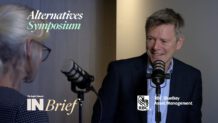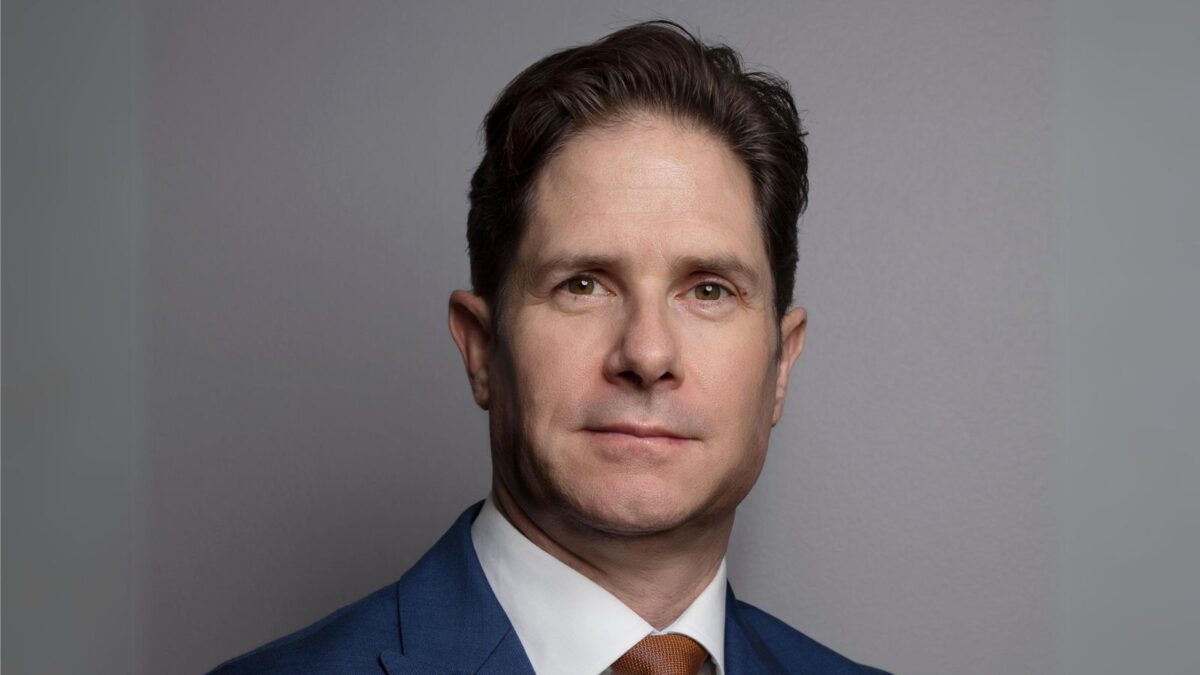Do investors face a crowding of green risk?
Following-on from the COP26 meeting last November, there has been a tectonic shift towards “green” asset investments to ensure that the (voluntary) national goals of the Paris Agreement are met, and there is a rapid reduction of carbon-dioxide emissions to ‘net zero’ levels.
The Australian Financial Review said that as of September 30, “sustainable funds around the world had a total of $US3.9 trillion ($5.3 trillion) in assets under management. In Australia, these green investment products are now worth a collective $38 billion, up 11 per cent over the September quarter last year.”

But while more and more investors are allocating all or some of their portfolio to ESG investments, there is a potential crowding risk on green assets creating the next “green wave”. This is because the overall market for green assets is small, yet the demand for sustainable projects is massive.
Amundi Asset Management has released a research report titled “The Green risk premium and the performance(s) of ESG investing.” The asset manager says, “We must recognise that there is a potential crowding risk on green assets because the universe of green assets is relatively small.
“Even if it increases significantly, the demand for climate-friendly assets is huge. Moreover, we are observing a shift in investor preferences, as slowing climate change becomes a big concern for the financial community.
“For instance, the development of green sentiment can dramatically change the utility function of investors (Brière and Ramelli, 2021). In this context, the risk of crowding in climate investing is real, especially for some green thematic investments, and whether it happens will largely depend on supply dynamics,” according to the research note.
Investors want to decarbonise, but on the supply side there aren’t many opportunities, or the hurdles are too high. And because there aren’t many places to invest, there is the potential for this to create its own bubble, especially in emerging markets where funding is scarce and capital-raising through IPOs is a lot harder.
Morgan Stanley says, “there is a hungry group of sustainability-focused investors who are looking for opportunities to invest in companies or sectors, where historically it may have not fit their mandate, approach and goal.” And BlackRock’s Chairman and CEO Larry Fink says: “Climate risk and transition risk are going to impact every portfolio across the board. It’s become clear to me that this is going to be a sea change.”
In mid-2020, BlackRock surveyed its clients to better understand the challenges to sustainable investing. BlackRock found that “53% of global respondents cited the poor quality or availability of environmental, social and governance (ESG) data and analytics as the biggest barrier to deeper or broader implementation of sustainable investing, higher than any other barrier that we tested.”
BlackRock notes that the share of countries committed to net-zero-emissions has exploded from less than 10 per cent to 95 per cent of the global emissions footprint. Capital and investors have moved their money into sustainable investments at six times the growth rate of traditional investments, and there have been notable changes across carbon-intensive industries, to decarbonise and innovate to become sustainable.
Some of the bottlenecks slowing down the development of sustainable projects come from the supply side. For instance, the supply of Taiwanese semiconductor chips or lithium batteries used in electric vehicles are all dependent on the supply-side problem; scarce metals and land constraints. The crisis developing in Ukraine has crimped the supply of nickel used in EV batteries, delaying the production of lithium batteries. These bottlenecks are slowing-down the progress of new sustainable investment projects.
According to a research paper released by Janus Henderson, “emerging markets are facing completely different decarbonisation challenges to developed countries. Many are still struggling with COVID, making it difficult to think about the transition towards a net-zero future. A fundamental issue is a need for much better financing mechanisms for emerging markets to transition to net-zero, and especially the ‘bankability’ of renewable energy projects.”
The solution: Janus Henderson says better financing mechanisms are needed to enable emerging markets to use the capital markets and help bridge the financing gap. To add to this, “policy action is required as a supporting and enabling mechanism, particularly for emerging markets. Governments have a clear role to play in the energy transition and, arguably, should create the required framework and strategy.”
Governments need to facilitate a huge private-sector investment boom over the next decade that increases capacity, otherwise there is the risk of overcrowding in the sustainable market. There is also the real risk of failing to keep their promise to reach “net-zero” emissions.











